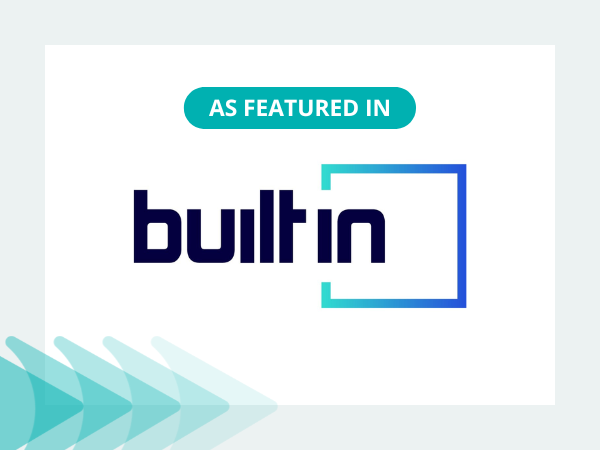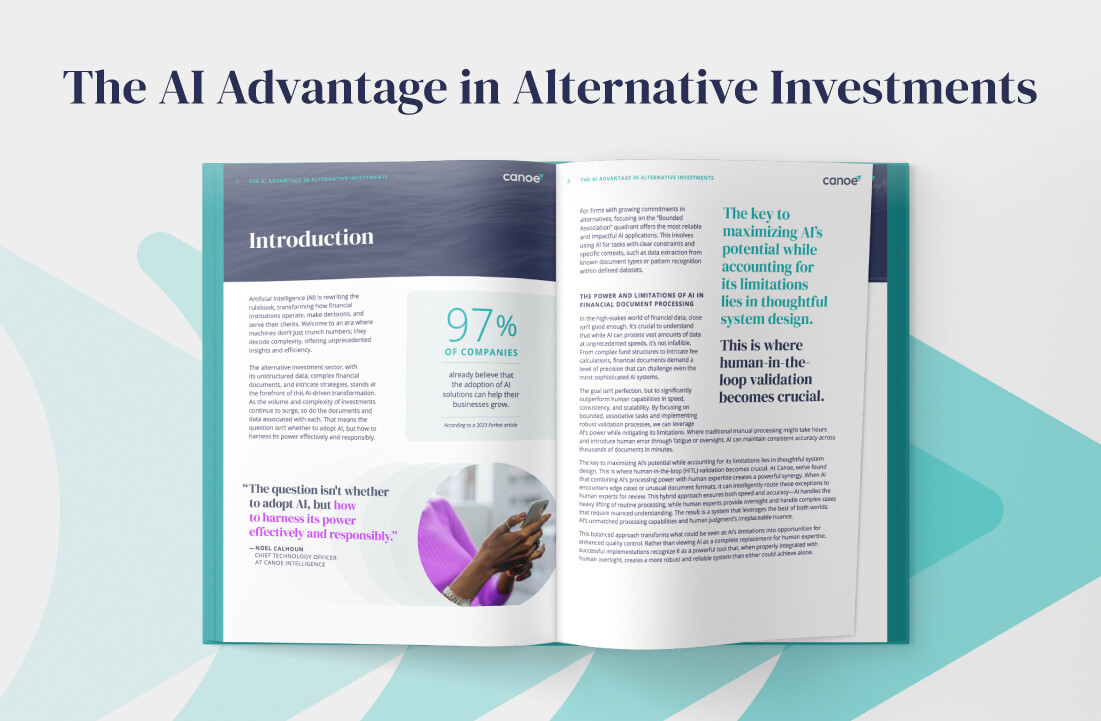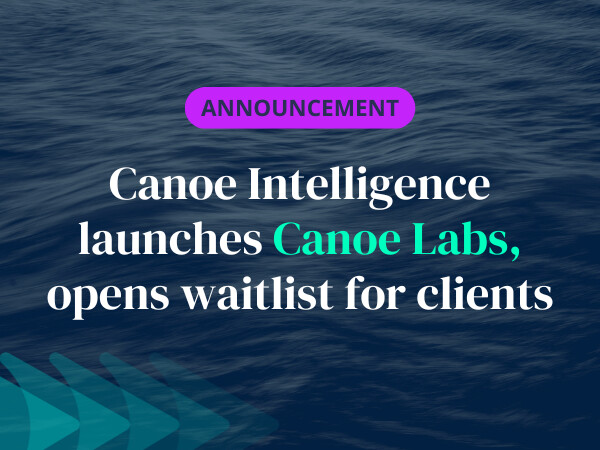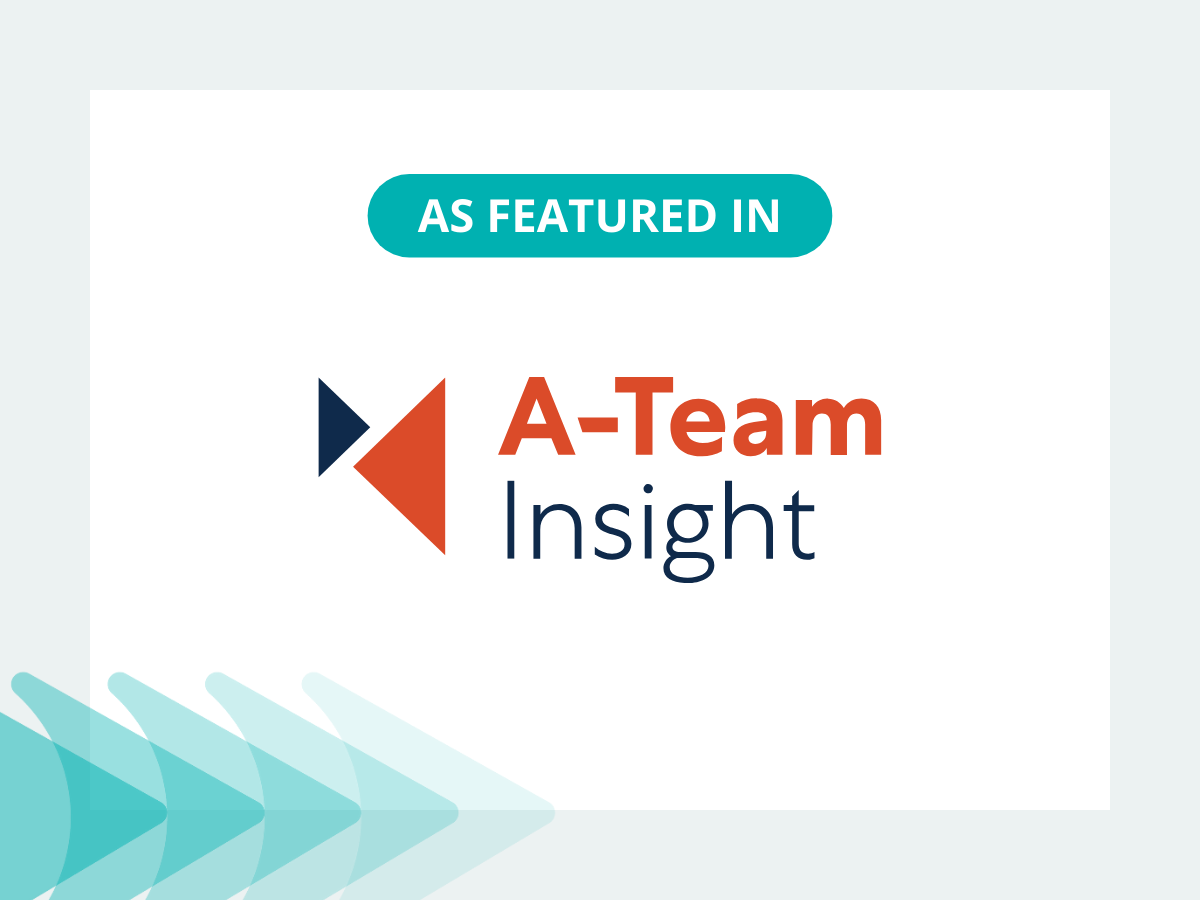Exploring the Current State of the Alts Tech Stack: Insider Perspectives
Insights from the Canoe Partner Program
For alternative investors and allocators, the journey towards success can be fraught with challenges. From navigating intricate regulatory frameworks to managing diverse portfolios and delivering timely insights, alternative investors can face countless obstacles in their quest for profitability and growth. With the continued growth of alternative investment allocations and portfolios, the demand for more sophisticated technology solutions has intensified. Manual processes, once the cornerstone of operations, now pose a significant barrier to efficiency and competitiveness. The laborious task of data entry, coupled with the risk of human error, threatens to derail even the most meticulously laid investment strategies. In this dynamic landscape, the need for technological innovation has never been more pressing.
In discussing the current state of technology for alternative investors with members of Canoe’s Partner Program, a number of themes emerged from operational efficiency and scalability to risk reduction and compliance to enhanced functionality and reporting.
This piece offers our partners’ perspectives on technology evaluation, selection, and adoption, as well as best practices for performing an audit on your tech stack.
We along with our partners believe that with a well-designed alts tech stack, alternative investors are empowered to automate manual tasks, optimize workflows, and make data-driven decisions with confidence. And, we aim to give alternative investors the tools and approach to make the right decisions for their firms when it comes to tech. Let’s get into it.
Why Tech Matters: What factors cause alternative investors to adopt new tech?
Alternative investors are increasingly turning to technology to enhance operational efficiency, mitigate risks, and unlock new opportunities for growth. Canoe Partner Program members weigh in on the key drivers behind the adoption of new technology solutions.
Operational Efficiency and Scalability
Verity Larsen, Founder & CEO of Versoft Consulting, highlights scalability as a critical factor driving technology adoption among alternative investors. “Inefficient processes and services can stifle business growth, making standardization and automation imperative for performance enhancement.” Echoing this sentiment, Jason Almeida, Executive Director, Head of LP Services at Lionpoint Group, emphasizes the need for operational efficiency, stating, “As firms strive to better utilize staff and navigate regulatory changes, technology plays a pivotal role in enhancing operational capabilities and scalability.”
Risk Reduction and Compliance
Tania Neild, CTO and Founder of InfoGrate, underscores the importance of risk reduction and compliance in technology adoption. “Automation not only reduces human error but also ensures firmwide transparency through proactive notifications and consolidated dashboards. Regulatory and compliance changes drive the need for new technology solutions to meet evolving reporting needs and maintain data integrity.”
Enhanced Functionality and Reporting
Erin Hulse, CEO of Deviate Consulting, identifies enhanced functionality and reporting as key drivers of technology adoption among alternative investors. “The need for more robust reporting, better organization of information, and time savings underscores the limitations of manual processes. Advanced technology solutions offer faster access to data and expanded reporting capabilities, addressing these critical needs.”
As we explore the intricacies of current alternative investment technology adoption, it’s imperative to also understand how these insights inform the evaluation process for optimizing alts tech stacks. Our Partners touch on this very challenge next.
How to evaluate your alts tech stack: What is the ideal mix of convenience and flexibility?
In the debate between opting for an all-in-one solution or a customized tech stack, convenience clashes with flexibility. Jason Almeida highlights the importance of understanding the trade-offs. While all-in-one solutions promise immediate convenience, they may sacrifice adaptability and innovation over time.
Flexibility reigns supreme in today’s dynamic landscape, where alternative investors’ needs are as diverse as the asset classes they manage. Choosing a customized tech stack allows firms to tailor solutions to their unique requirements, ensuring scalability and future-proofing against evolving needs.
With this in mind, let’s dive into effective ways to conduct a tech stack evaluation and how to weigh these tradeoffs.
Key Considerations in Tech Stack Evaluation:
Alternative investors face pivotal questions when assessing their tech stack, shaping their strategic direction, such as the two below:
- Should they consolidate functions within a single platform or adopt a best-of-breed approach, supplementing core functions with specialized solutions?
- How can they balance serving internal and external customers without overwhelming client reporting teams?
These questions, though seemingly simple, highlight the complexity of tech stack decision-making. Jason Almeida stresses that there’s no one-size-fits-all solution, with various factors—from firm size to investment policy—influencing the optimal tech stack setup.
Navigating the Trade-Offs:
Choosing between an all-in-one solution and a customized tech stack requires weighing trade-offs carefully. While all-in-one solutions offer convenience and integration, they may sacrifice flexibility and scalability. Clients risk being locked into a vendor’s ecosystem, subject to their pricing and innovation. On the other hand, a customized tech stack provides unmatched flexibility and control, enabling firms to select solutions tailored to their needs. However, this approach demands meticulous planning and integration to ensure seamless interoperability across systems.
With these trade-offs in mind, let’s now explore what’s working and what’s not when it comes to the actual adoption of new tech in this space.
Tech Adoption Challenges: What’s working and what’s not
As firms adopt new technologies, some key themes emerged in our conversation with Partners including balancing platform complexity and necessary resourcing and fostering a culture of trust and collaboration.
Platform Complexity and Talent Acquisition:
Navigating platform complexity and talent acquisition can pose significant challenges for the wealth management industry. Michelle Odom, CEO of Ellevate, shares the critical importance of investing in modern tech infrastructure to maximize operational efficiency. “Successful firms are investing in a modern tech infrastructure to maximize efficiency and investing in the proper training and consulting programs to support their employee’s tech adoption success.” Without firm-wide adoption, even the most sophisticated technology investments may fall short of delivering their full potential. Firms must also prioritize comprehensive training and consulting programs to ensure widespread adoption, mitigating the impact of platform complexity and talent shortages.
Overcoming Skepticism: Embracing AI Innovation:
Addressing skepticism surrounding AI innovation is paramount to successful technology adoption. Tania Neild acknowledges the initial reservations, particularly prevalent among family offices. However, she highlights AI’s transformative potential in driving efficiency and transparency within alternative investments. The value of AI-powered solutions remains untapped. Hence, fostering a culture of trust and collaboration is crucial to ensuring widespread adoption and realizing the full benefits of technological innovation.
Inclusive Decision-Making for Successful Adoption:
Inclusive decision-making is indispensable for successful technology adoption. Erin Hulse emphasizes the need for team involvement during the software evaluation process. When teams actively participate in evaluating software and providing input, they feel a sense of ownership over the technology. However, without firm-wide engagement, resistance towards adopting new technology platforms may persist, hindering the realization of value from tech investments. Therefore, fostering a culture of collaboration and empowerment is essential to drive widespread adoption and maximize the return on investment in technology.
With these best practices in mind, how are firms maintaining their investment in technology?
Maximizing Value Through Regular Tech Stack Reviews: Expert Recommendations
To get the most out of one’s tech investment, our Partners recommend conducting a tech stack review every three to four years, and initiating this process at least one year before the tech contract renewal. Explore the rationale for these recommendations.
Strategic Timing for Tech Stack Reviews:
Michelle Odom emphasizes the importance of proactive tech stack reviews to ensure alignment with growth strategies and competitive market conditions. She recommends initiating the evaluation process at least a year before the end of the current technology provider contract, enabling firms to assess their tech stack’s efficacy and negotiate favorable renewal terms.
Establishing a Roadmap for Evaluation:
Tania Neild advocates for a structured approach to tech stack reviews, outlining a three-year roadmap as the foundation. This approach allows for the parts of the stack, like puzzle pieces, to come together for their true value to be recognized. Neild’s insights underscore the value of optimizing integrations to unlock further efficiencies and extract maximum value from existing products.
Frequency and Methodology of Reviews:
Verity Larsen also suggests conducting tech stack reviews every three to four years to strike a balance between thoroughness and agility. This cadence aligns with typical software license terms and provides ample time for vendors to introduce new features and improvements. Larsen emphasizes the importance of a comprehensive approach, involving user feedback collection, third-party consultation, and vendor due diligence to identify optimal technology solutions tailored to the firm’s requirements. She emphasizes that the review does not necessarily imply a full-scale replacement but rather aims to ensure that firms are getting the most out of each product in their tech stack, optimizing integrations to unlock further efficiencies.
Navigating the Future of Alts Tech
To wrap up the thoughts shared by members of the Canoe Partner Program, it’s clear that alternative investment tech stacks are as dynamic and multifaceted as the investments they support.
We encourage our audience of alternative investors to leverage these insights as they navigate the complexities of tech stack optimization.
Connect with Canoe Intelligence and our Partners to explore innovative solutions tailored to your unique needs, unlocking new opportunities for growth and success.
Stay tuned for future installments where our Partners will delve deeper into optimizing tech stacks and provide forward-looking views on what the future holds.













